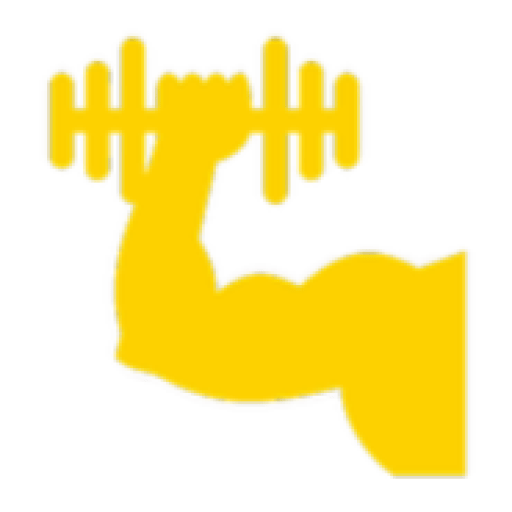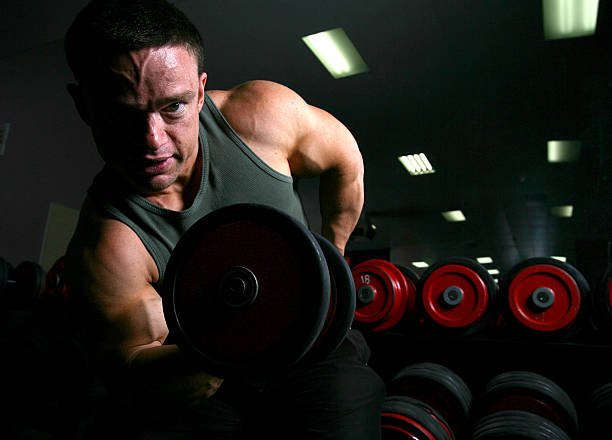The world of bodybuilding is as diverse as it is challenging, embracing athletes of all sizes and shapes. Among these are midget bodybuilders, individuals with dwarfism who defy the odds to sculpt their bodies into remarkable forms. Dwarfism, typically characterized by a height of 4’10” or shorter, includes conditions like Achondroplasia and Hypochondroplasia. These bodybuilders must navigate unique health considerations while pursuing their passion for muscle building.
Overcoming Challenges
Midget bodybuilders face unique challenges, from physical limitations due to shorter limbs to societal misconceptions. Adapting workouts to suit their physiology requires creativity and persistence. Additionally, they often confront societal stigma, battling stereotypes and misconceptions about their capabilities.
The Power of Mindset
Mental strength is crucial. Cultivating a positive mindset, midget bodybuilders often draw inspiration from success stories in their community, fostering resilience and self-esteem. Mental health, just as much as physical health, plays a pivotal role in their journey.
Also Read: Down Syndrome Bodybuilder
Training Adaptations
Their training regimens are tailored to account for shorter limbs and stature. Core strength and stability are crucial, with a focus on modified weight training techniques to ensure safety and effectiveness. Cardio, flexibility, and mobility exercises are also integral, helping to prevent injuries and enhance overall fitness.
Nutrition and Diet
Nutritional needs for midget bodybuilders differ somewhat due to their smaller stature. A balanced diet, tailored to their specific caloric requirements, is essential. Supplements can be beneficial, but it’s important to choose safe and effective options. Hydration, too, plays a key role in their regimen.
Bodybuilding Culture and Competition

Competing as a midget bodybuilder brings its own set of challenges and rewards. There are competitions available, though they may be limited. Preparation for these events involves not just physical training but also engaging with the broader bodybuilding community for support and networking.
Tailored Equipment and Apparel
From training equipment to competition apparel, customization is often necessary. This ensures safety and comfort, allowing these athletes to perform at their best.
The Role of Support Systems
A supportive environment is vital. This includes finding a gym and trainer who understand their unique needs, as well as turning to online communities and forums for advice and camaraderie. Family and friends also play an essential role in providing emotional support.
Goal Setting
Setting and achieving goals is a dynamic process for midget bodybuilders. It involves balancing short-term objectives with long-term aspirations, continually tracking progress, and being willing to adjust goals as needed.
Health Monitoring
Regular health check-ups are crucial to monitor any risks specific to dwarfism. Working closely with healthcare professionals ensures that bodybuilding pursuits align with overall health and wellbeing.
Conclusion
Midget bodybuilders exemplify determination, resilience, and strength. Their journey is not just about physical transformation but also about challenging societal perceptions and inspiring others in the dwarfism community. As they continue to push boundaries and achieve remarkable feats, they remind us of the incredible diversity and potential within the world of bodybuilding.
External links

